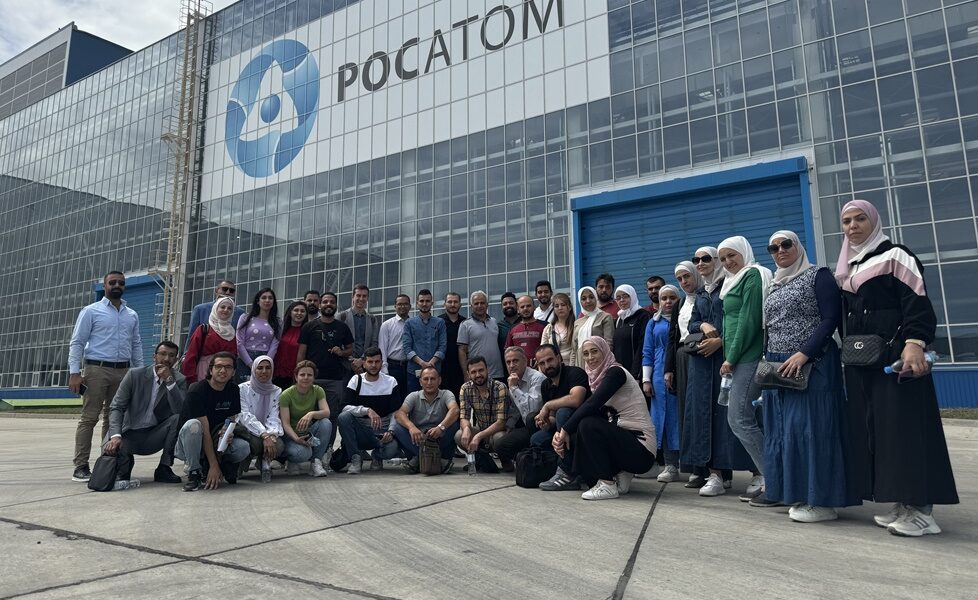As soon as fuel arrives, as soon as the first fuel assembly crosses the site boundary, the power plant becomes a nuclear facility. In Russia, it is the nuclear regulator Rostechnadzor that gives permission to bring fresh nuclear fuel to the nuclear power plant. Rostechnadzor examines lots of conditions in advance, including one of the most important things, that is, site security and its efficiency. The next condition is the readiness of a fuel receiving and storage station. This is not just an ordinary warehouse. It is fitted with advanced handling equipment designed to remove fuel assemblies from transport casks and deliver them to the reactor hall. Rostechnadzor checks this, too.
It is also necessary to make sure that the staff is properly trained to handle the fuel. At Russian plants, it is the task of a nuclear safety and reliability department. The staff must be certified and pass exams at Rostechnadzor, i.e., to receive a work permit. Each fuel assembly passes incoming quality inspection. For example, it must have no curvature, and its marking must meet all the requirements. There are a lot of parameters, and the inspection procedure is strictly regulated.
The delivery of fresh nuclear fuel shows that the reactor is fully ready to go critical and be put in operation.




